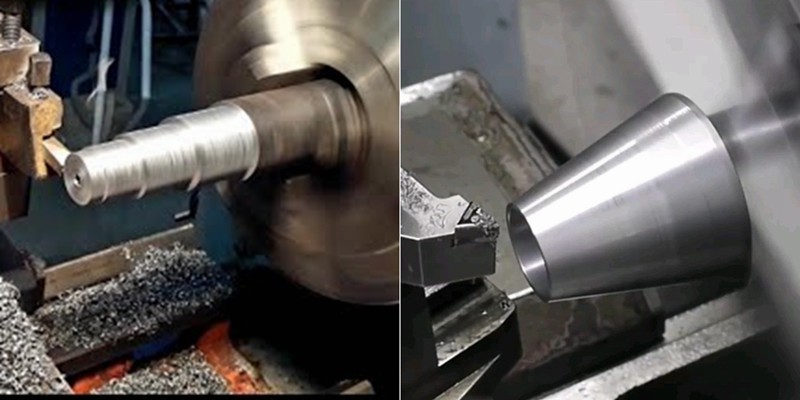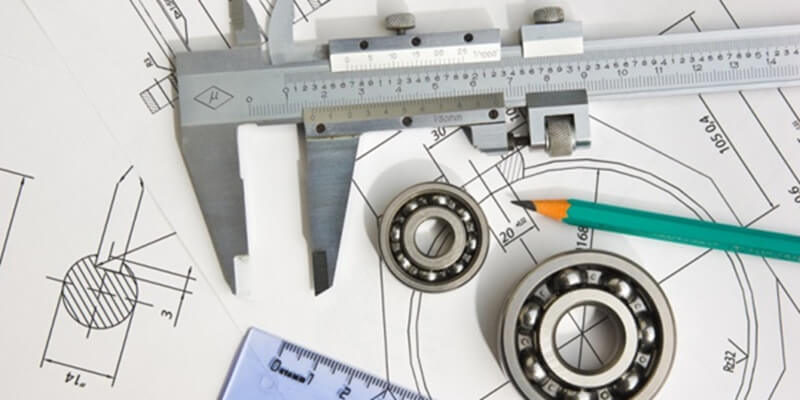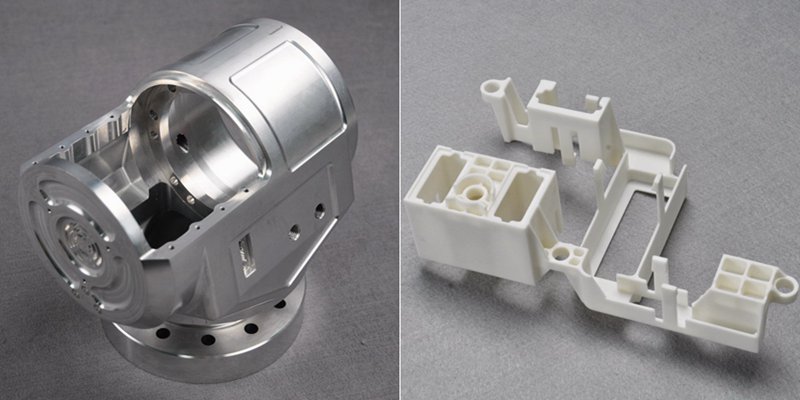Как обрабатывать многогранные алюминиевые детали, разрабатывая технологические маршруты и приспособления?
Рекомендации
Ступенчатое точение против конического точения: В чем разница?
Токарная обработка - это фундаментальная операция, которая веками поддерживала производственную индустрию. Она продолжает развиваться и является основной технологией производства по сей день. В этой статье мы рассмотрим два типа токарных операций: ступенчатое и коническое точение. Мы рассмотрим процесс ступенчатого и конического точения и объясним их различия.Токарная обработка - это, по сути, операция резания, при которой острый режущий инструмент придает форму вращающейся заготовке, удаляя материал с ее поверхности...

All You Need To Know Engineering Drawing And Its Elements
Drawing or painting a picture is a great technique to convey one’s thoughts. Within the broad concept of industrial design, engineering drawing or technical drawing is an essential skill for designers working with the production of real objects. Therefore, engineering drawing is arguably one of the fundamentals of engineering design that serves several critical purposes. It is a standard technical drawing carrying essential design information, a mode of communication between different eng...

Press Fit Tolerance: Defination, Practices, And Calculation
The manufacturing industry is highly precision-centric, where even the slightest of margins can create huge differences in product quality, cost, and utility. This article discusses the topic of press fitting, where a few micrometers of deviation dictates the criterion for part failure. So, what is press fit and, the factors influencing press fit tolerancing, and present an example of a press fit calculator. We will also share some key tips to keep in mind while designing components for p...

CNC Machining Design for Manufacturing: Техническое руководство для экспертов
Эффективная конструкция ЧПУ - это ключ к балансу между функциональностью, стоимостью и эффективностью производства. Следуя этим рекомендациям, вы сможете избежать распространенных проблем при проектировании, повысить технологичность и оптимизировать производственный процесс. От минимизации тонких стенок и глубоких полостей до установления разумных допусков - каждая рекомендация в этом решении помогает упростить обработку, обеспечивая при этом качество. Приступим! Глубина полостей и канавок обычно ограничивается диаметром режущего инструмента...

 Шэньчжэнь Washxing Technology Co.
Шэньчжэнь Washxing Technology Co.



